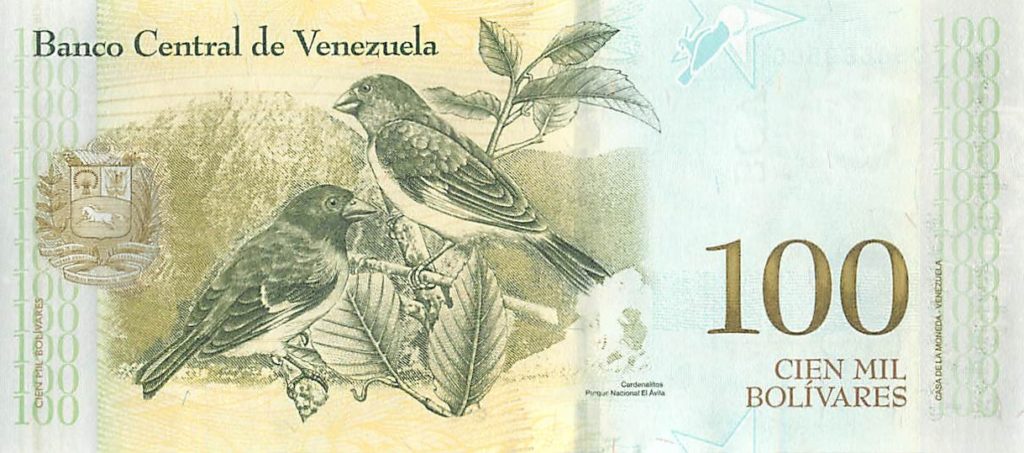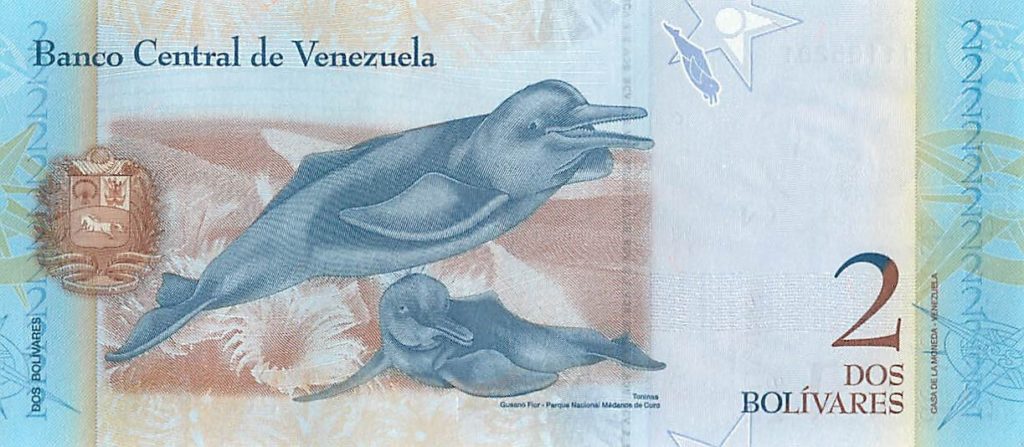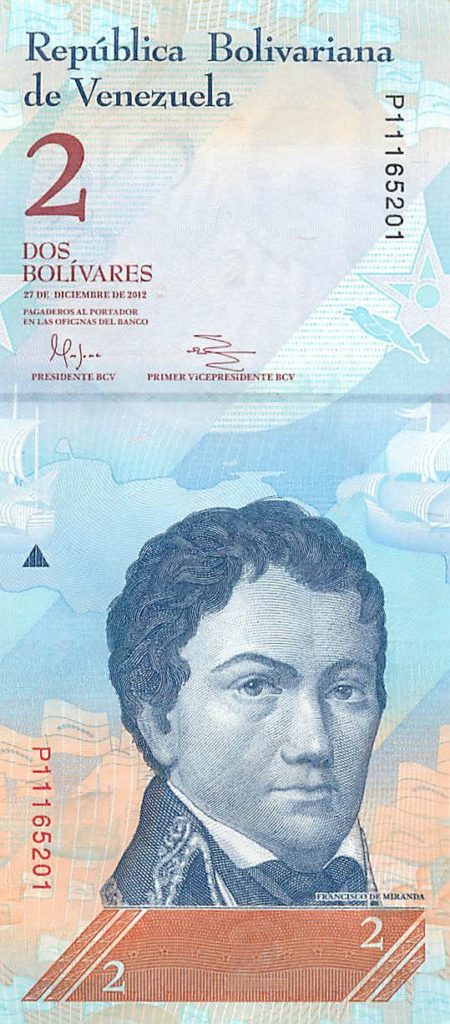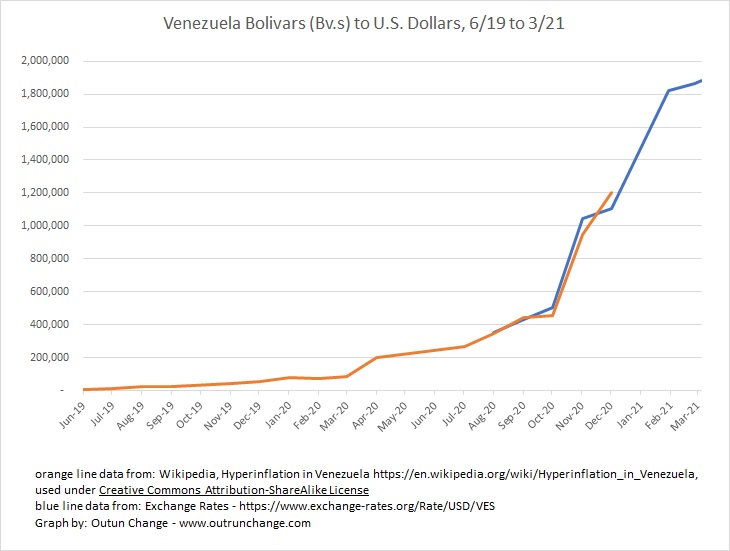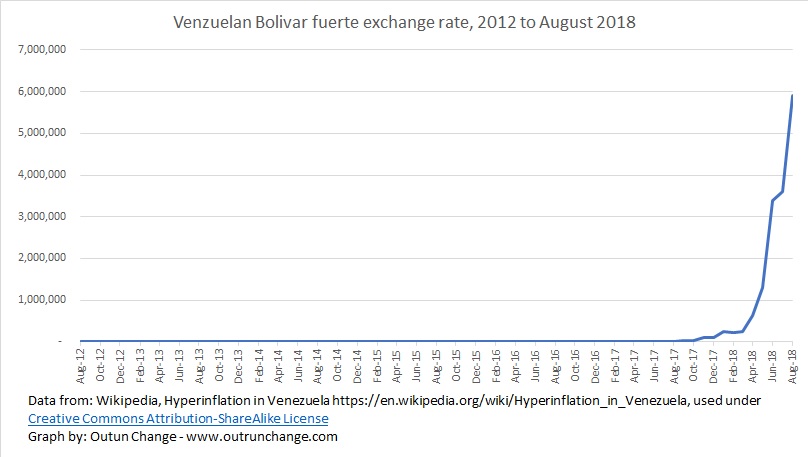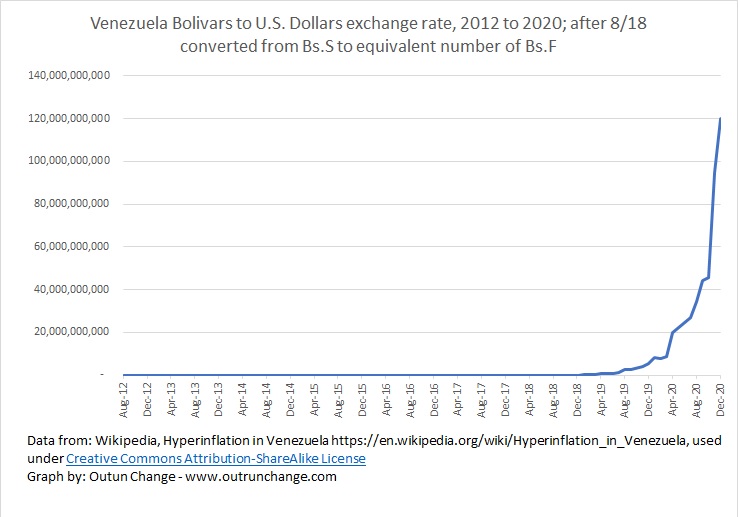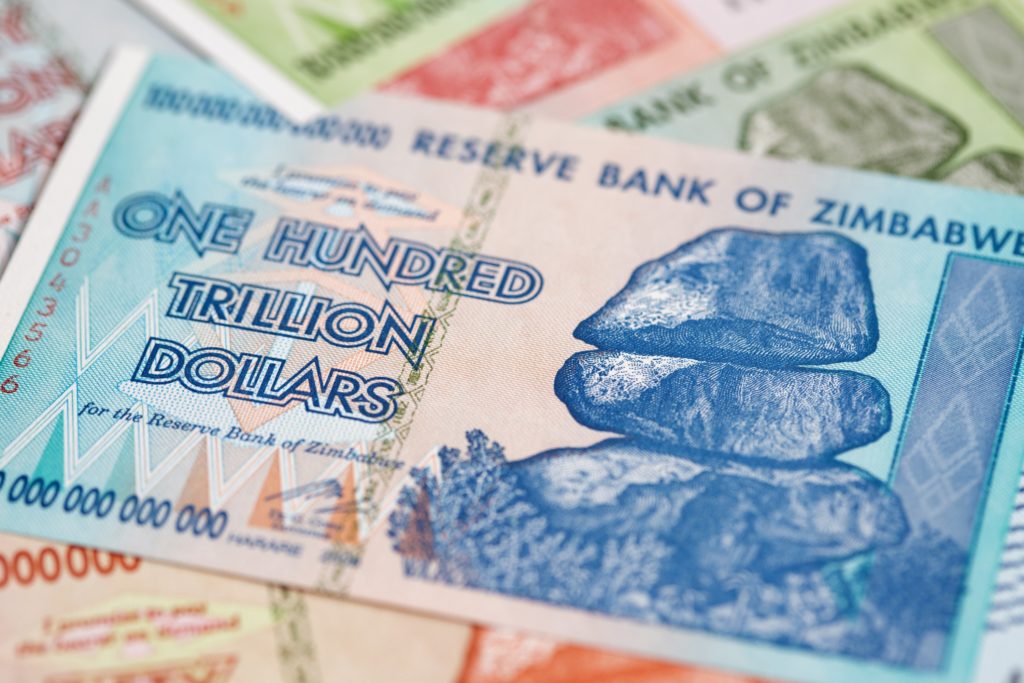“Mass killings under communist regimes”
The article Mass killings under communist regimes at Wikipedia provides a valuable, yet incomplete, compilation of the mass killings carried out by various community regimes.
To make the article more widely available and preserve it for posterity, it is republished here without photographs, excerpts & note, or citations. I may post it again with the extra material. This is a superb summary of the deliberate slaughters carried out by various communist dictatorships over the last century.
A variety of reports provide credible information that communism (and its sibling socialism) willfully killed over 100,000,000 people during the 20th century. We must remember the death toll knowingly created by communism. Please remember these were intended consequences of deliberately implemented policies.
It is most appropriate to publish this article on Thanksgiving Day as we celebrate the freedom and abundant bounty that God has blessed us with in the United States.
This article is printed with permission of Wikipedia Foundation, Inc. under Creative Commons Attribution-ShareAlike 3.0 Unported license, also referenced as CC BY-SA 3.0. That license allows anyone to share and adapt the licensed material. Conditions on the license require the material be properly attributed and anyone else may use the material under the same license.
I am publishing the material verbatim as found at Wikipedia without the photos. You may use anything in this post and this post only under the same licence.
For your awareness, remembrance, and future pondering, here is the alternative to capitalism, democracy, and freedom:
Mass killings under communist regimes.
Mass killings under communist regimes occurred throughout the 20th century. Death estimates vary widely, depending on the definitions of the deaths that are included in them. Estimates account for executions, deaths from man-made and intentional famines, as well as deaths that occurred during forced labor, deportations, or imprisonment.
In addition to “mass killings,” terms that are used to define such killings include “democide“, “politicide“, “classicide“, and “genocide.”
(more…)